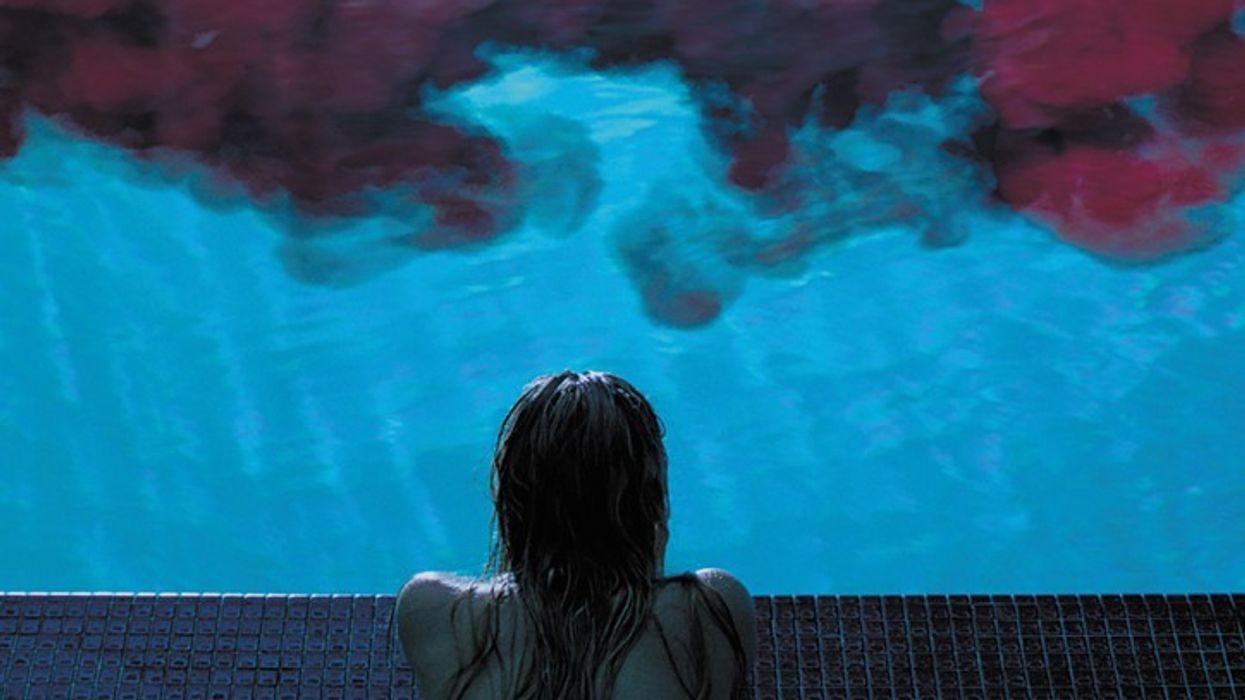Watch: 'It Follows,' 'Halloween,' and Building Atmospheric Horror
Here's how John Carpenter and David Robert Mitchell use establishing shots, score, and camera movement to create suspense.

John Carpenter is clearly a major influence on David Robert Mitchell—and if you're making a horror film, he should probably be a major influence on you, too. The horror and sci-fi auteur raised the bar for the entire slasher film genre by favoring psychological trickery over jump scares and gore.
Alessio Marinacci's latest video essay is interesting in that it highlights some of the major similarities between 2014's It Follows and 1978's Halloween, but it's perhaps more effective as a study of how an emphasis on atmosphere marks the difference between a classic and a middling horror film.
Let's break down some of these strategies step by step.
Establishing shots
One strategy that is easily noticeable in this video is how both directors similarly use establishing shots to set the tone for the events that are about to unfold. Over and over again, we are subject to long, drawn out takes which make us wonder what lies in store. These shots not only establish location, but also place a heavy focus on isolation. Whether it's Michael Myers' abandoned house or that of Jay's haunted lover, these are creepy places—places where we certainly wouldn't want to find ourselves alone.
Establishing shots are all about teasing your audience and letting their imagination run amok. Nothing you can do as a director will be as scary as the scenarios the audience will dream up; each is deeply personal and unique to that viewer.
For your narrative, suspense and atmosphere should go hand in hand. In many ways, suspense is the by-product of atmosphere.

Score
It's no secret that John Carpenter is a fantastic director, but many may not be aware that he is also an incredible composer. All in all, he has scored 15 of his 18 films, including the iconic piano tinkering that is Halloween's main theme and the heavy funk synth which sets the tone for Snake Plissken's daring Escape From New York. And even though his film career may be over, Carpenter is still releasing music. 2015's Lost Themes and its follow-up, 2016's Lost Themes II, are full of music for films that never saw the light of day. They illustrate that for Carpenter, the score may actually be the gateway to the idea for the movie.
The effect of building tension through soundscape in Carpenter's films is undeniable. These are themes that either get your blood pulsating in anticipation or lure you into a false sense of security prior to the protagonist's downfall. You don't have to be a musician to pick out the similarities between Rich Vreeland's '80s-inspired score for It Follows and the entire body of Carpenter's work: they are simple, dissonant, and creepy as hell. Vreeland's score was so successful that, according to Mark Korven in a masterclass at TIFF last year, it is now the most popular choice for temp music on horror films for both editors and directors. In other words, everyone wants a score that makes their movie feel like It Follows.

Camera movement
As demonstrated in the video essay, there are many ways to employ camera movement in order to make the audience feel as if they are built into the horror.
Since both of the featured films have a predatory antagonist, it's not so surprising that the directors chose to have the camera stalk their protagonists. We're creeping up the porch, surveying homes, and in the backseat of the car, observing the conversations and plans of our potential victims. The camera shakes and weaves as we hysterically run away from an unknown assailant.
In the same vein, the juxtaposition between frenetic movement and stillness can be equally important in creating and breaking atmospheric tension. Take the classic jump scare, for example—there are cheap ones, and there are the ones that are earned. Visually, the latter have a slow, atmospheric build up before landing on something completely unexpected or horrifying.
One final way camera movement can be effective is through the "creep out": when the camera creeps away from a character, showing them isolated, swallowed by the large world around them. Again, isolation is an important feeling to keep in mind when building atmosphere for horror.
Source: Alessio Marinacci
















